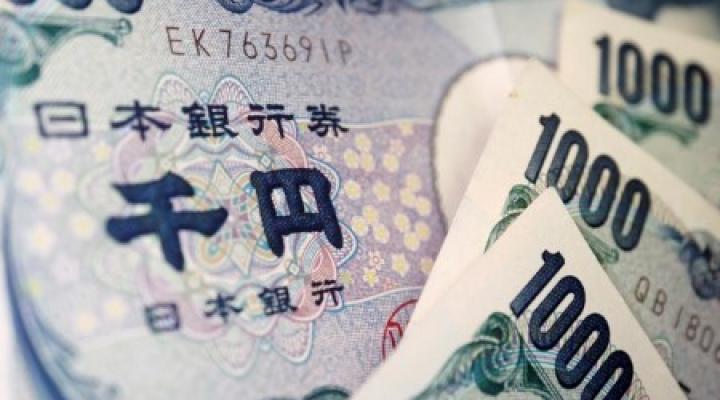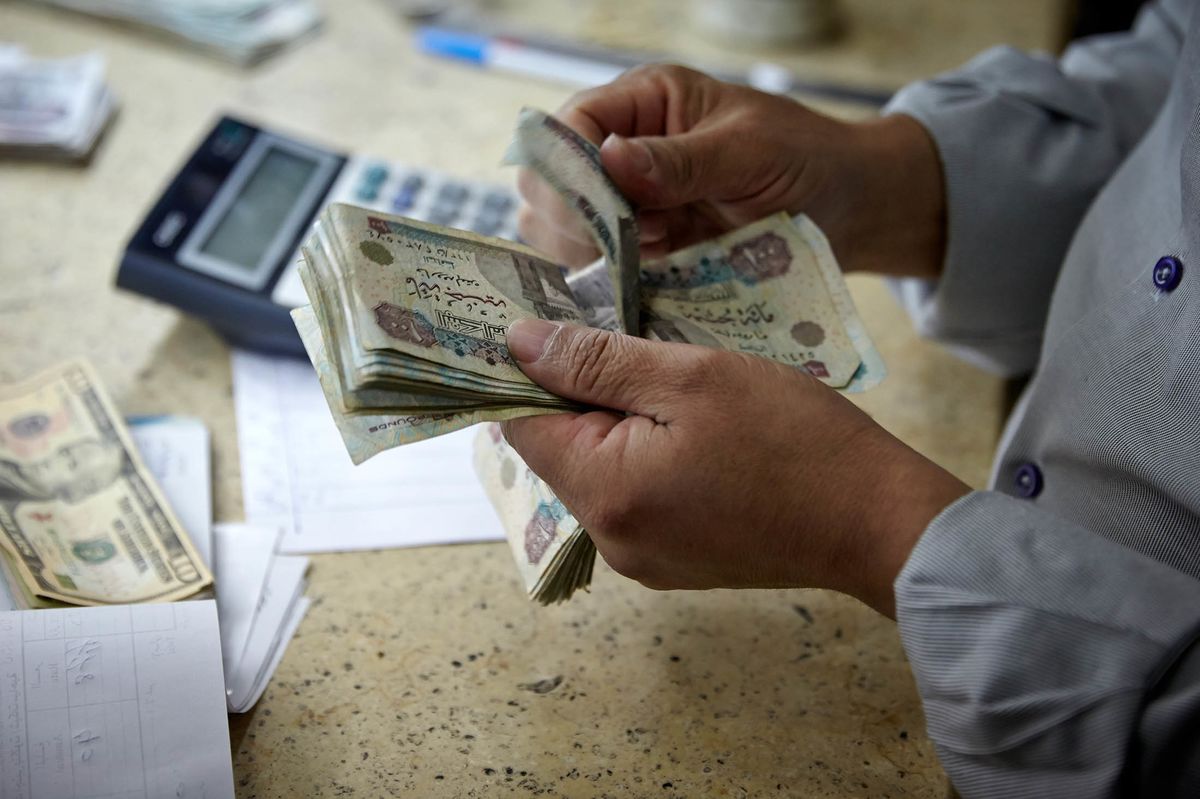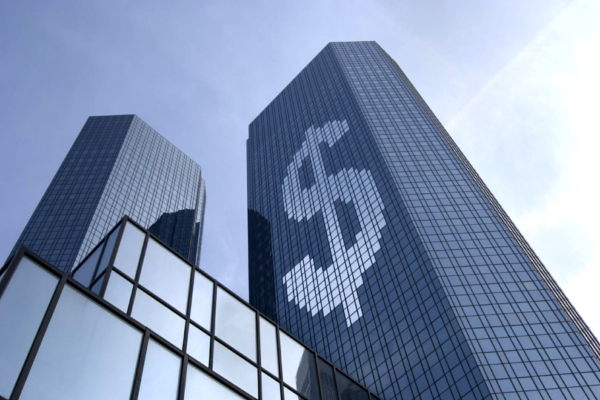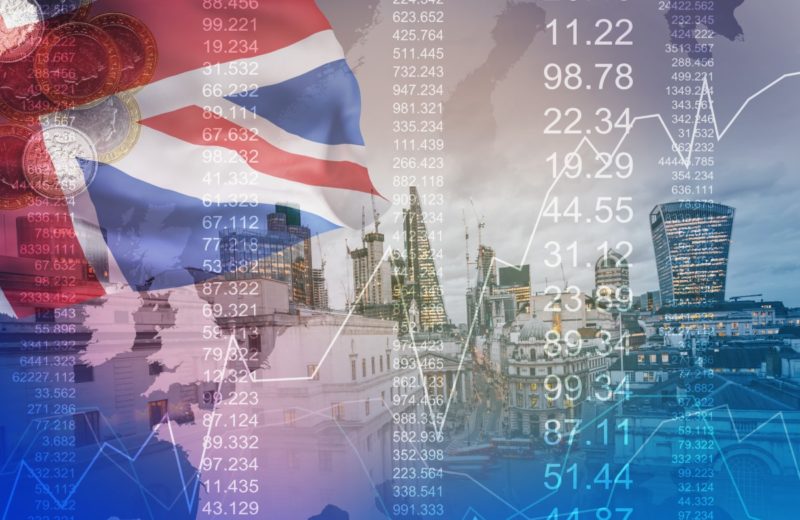Since June 2021, institutional investors have become bullish on the yen for the first time. The future of the Bank of Japan’s (BOJ) ultra-easy monetary policy is under question. Hence, the yen bulls are on the start.
According to the most recent statistics from the Commodity Futures Trading Commission, net asset manager positions in the Japanese currency moved into positive territory on January 17. That occurred right before the BOJ’s most recent policy meeting when it maintained its stimulus framework while resisting bets of impending reform.
According to Commonwealth Bank of Australia economists and strategists led by Joseph Capurso, the dollar-yen will stay weighed by expectations that the BOJ would soon abandon its ultra-easy monetary policy if sustained high inflation persuades policymakers to tighten. In December, Japan experienced its first 4% inflation rate in more than four decades.
After falling to a three-decade low in October, the yen has risen by more than 17% versus the dollar. In the meantime, yen bulls believe that the Fed’s tightening cycle is ending. The BOJ, on the other hand, is about to do so.
More on Japan’s Inflation
Japan’s inflation reached 4% for the first time in more than four decades, indicating that expectations of a financial policy shift will continue to simmer as prices grow at the double the intended pace by the Bank of Japan. According to the internal affairs ministry, consumer prices excluding fresh food increased by 4% in December from a year ago.
Some investors may be banking on the chance of a near-term Monetary Policy Shift at the BOJ. In the meantime, the outcome was largely in line with economists and the central bank’s predictions.
Governor Haruhiko Kuroda’s view is that the inflation trend is expected to reverse. According to economists, the data will not affect that. Economists anticipate a price slowdown because government subsidies will sharply reduce energy costs in the coming months. According to them, the inflation rate in December or January is likely to be the highest.
















